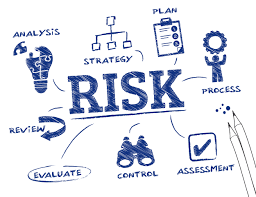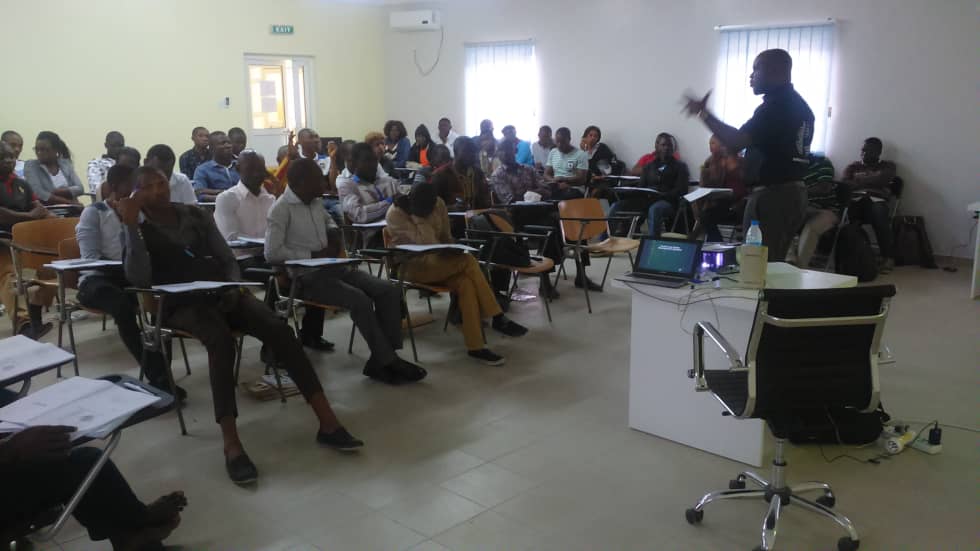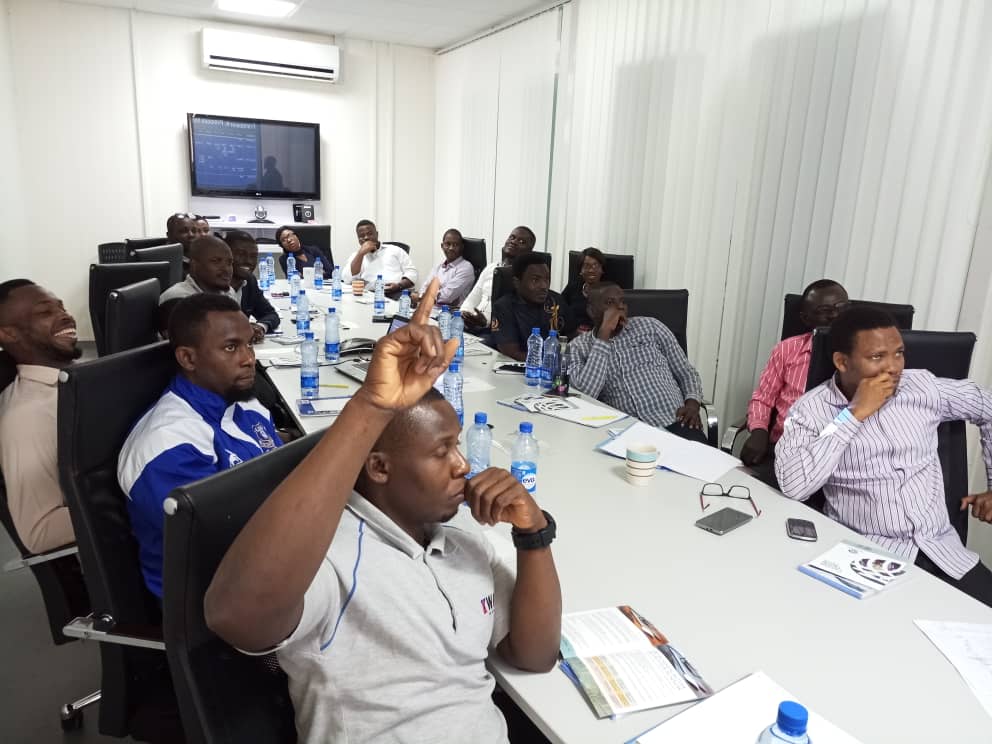In order to ensure that the training programs of your organization are suitable for the employees and also aligned with the organizational goals, it is important to carry out a training needs assessment (TNA). This guide will take you through this process, giving detailed steps and best practices.

Define the Purpose and Objectives
It is necessary to specify the aim of the assessment before starting it. First ask yourself:
- What are also more commonly seen objectives of this assessment?
- What do you want to get out from the whole process?
Clearly defined purposes will direct the entire process so that all efforts are focused on them effectively.
Identify the Desired Outcomes
Find out what knowledge, skills, and abilities (KSAs) are required by your organization in order to achieve its objectives. This means:
- Revisiting organizational goals and strategic plans.
- Recognizing key performance indicators (KPIs) which must be influenced by training.
Gather Data
The first step when conducting a KSA evaluation within an organization is data collecting stage. Use a mixture of these techniques for extensive data collection:
- Surveys and Questionnaires: Let employees complete these in order to obtain their opinions on available competencies and required trainings.
- Interviews and Focus Groups: Carry out discussions with either individuals or groups consisting of employees, managers and other stakeholders in order to understand better.
- Performance Reviews: Examine the existing performance data so as to fill up any spaces and identify where improvements can be made.
- Job Analysis: Go through job descriptions and specifications in order to identify the required competencies for different positions.
Analyze the Data
After collecting the data, it is important that you analyze it in order to determine the gaps between the current and desired KSAs. This analysis should help in identifying:
- Specific areas where workers are missing out on essential skills.
- Trends and patterns that suggest wider training requirements.
- These needs should be prioritized depending upon their consequences for organizational objectives.
Create an Action Plan
From your discovery, formulate an exhaustive plan of action that includes:
- Training goals: State in clear terms what the training seeks to attain.
- Target audience: Identify who requires the training.
- Training strategies: Choose the effective training strategies (Workshop, on-the-job training, e-learning, etc).
- Required resources: Identify the required resources such as budget, trainers and materials.
- Program implementation timeline: Set up a schedule for executing these training programs.
Carry Out the Training Program
With the action plan already set up, carry out the training program. Pay attention to ensuring that:
- All session dates are arranged and delivered to the participant.
- All facilitators are well prepared with sessions materials.
- All learners are actively participating and passionate about learning.
Calculate the Training ROI
After implementing the training plan, it is critical to evaluate its effectiveness. Use these methods to evaluate the impact:
- Feedback Surveys: Gather participant feedback for assessing their satisfaction and perceived value of training.
- Pre-and Post-Training Assessments: Measure improvement in KSAs by comparing evaluations carried out before and after the training program.
- Performance Metrics: Analyze performance indicators to determine if there were any improvements in those areas as a result of the training.
See our article on how to calculate the ROI of a training session.
Report Findings and Make Recommendations
Put together your findings into a report that is inclusive of:
- An overview of the training needs assessment process.
- Key findings and identified training needs.
- Recommendations for future training initiatives.
- Insights on how the training has impacted organizational goals in general.
Continuous Improvement
The process of determining training needs must be continuous. Evaluate and re-evaluate your instruction techniques to ascertain whether they are still applicable or not. Also solicit feedback regularly and adjust them in order to accommodate the dynamic needs of the organization.
In short, it can be said that conducting a training needs assessment is a systematic method that enables an organization to identify skill gaps, optimize training expenditure, and improve employee productivity. This will ensure that the training programs focus on employee needs and organizational objectives leading success as well as expansion.









